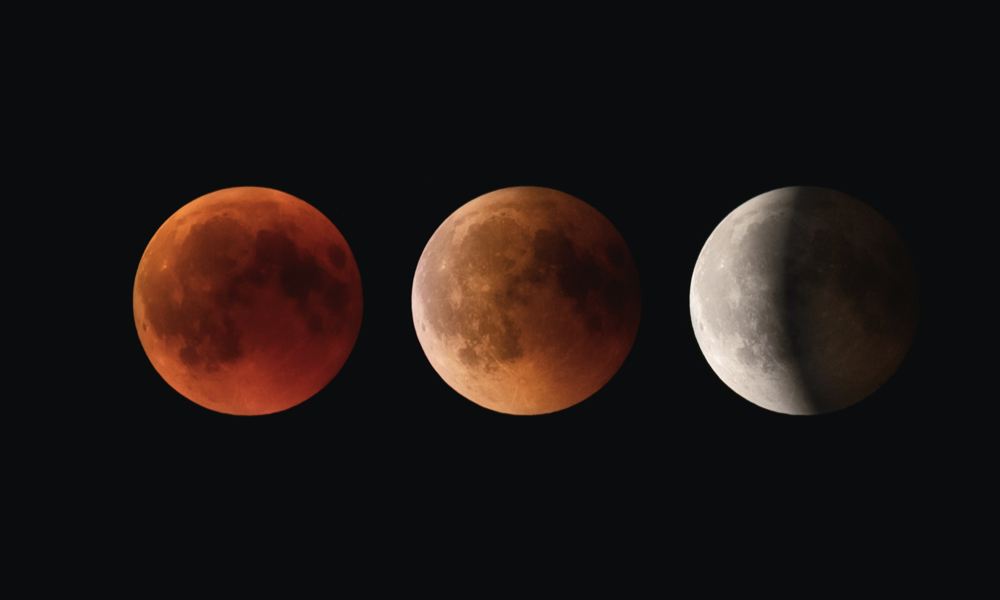
ESA Open Invitation to Tender AO10153
Open Date: 19/12/2019
Closing Date: 03/02/2020 13:00:00
Status: ISSUED
Reference Nr.: 19.18I.07
Prog. Ref.: Fut.Mis.Prep.
Budget Ref.: E/E104-E5 – Fut.Mis.Prep.
Special Prov.: BE+DK+FR+DE+IT+NL+ES+HU+SE+CH+GB+IE+AT+NO+FI+PT+GR+LU+CZ+RO+PL+EE+CA+SI
Tender Type: C
Price Range: 200-500 KEURO
Products: Satellites & Probes / Payloads / Instruments / RF and microwave Instruments / Microwave radiometers
Technology Domains: RF Systems, Payloads and Technologies / RF Technologies and Equipment / RF Equipment
Establishment: ESTEC
Directorate: Directorate of EO Programmes
Division: Future Missions & Instrument Division
Contract Officer: Aupetit, Irene
Industrial Policy Measure: N/A – Not apply
Last Update Date: 19/12/2019
Update Reason: Tender issue
Recently, the Agency has been studying the next generation of high resolution radiometer for altimetry missions for coastal applications. Such a radiometer embarks a set of high frequency, millimeter wave channels in addition to the traditional radiometer frequencies. The high frequency channels provides smaller footprints on ground which manages to resolve finer scale features of the watervapour distribution. In order to effectively accommodate both traditional and new channels of such a radiometer and to limit the beam footprint excursion, it is of interest to combine several frequencies in a single feed. This activity will focus on the front-endfeed, with the development of a European solution for a multi-band feed that can cover the high frequency sounding channels. The development is not only of interest for future generation of radiometer for altimetry, but also for a new generation of small satellites with passive microwave payloads. In recent years there has been a number of nano-satellite developments with Earth Observationpayloads that indicate that small satellites may play a viable contributing role in future observation systems. Some of these have been embarking passive sounding payloads, such MicroMAS, Tempest-D and Tropics. Typically, the payloads of these missions use higherfrequency sounding channels since the associated hardware is more compact and thus compatible with the platform constraints and also because the ground resolution is in line with observation needs even when employing a small antenna. Embarking sounding missions on small satellites means that all aspects of the payload needs to be made compact, including the front-end optics.
If you wish to access the documents related to the Invitation to Tender, you have to log in to the ESA Portal.
